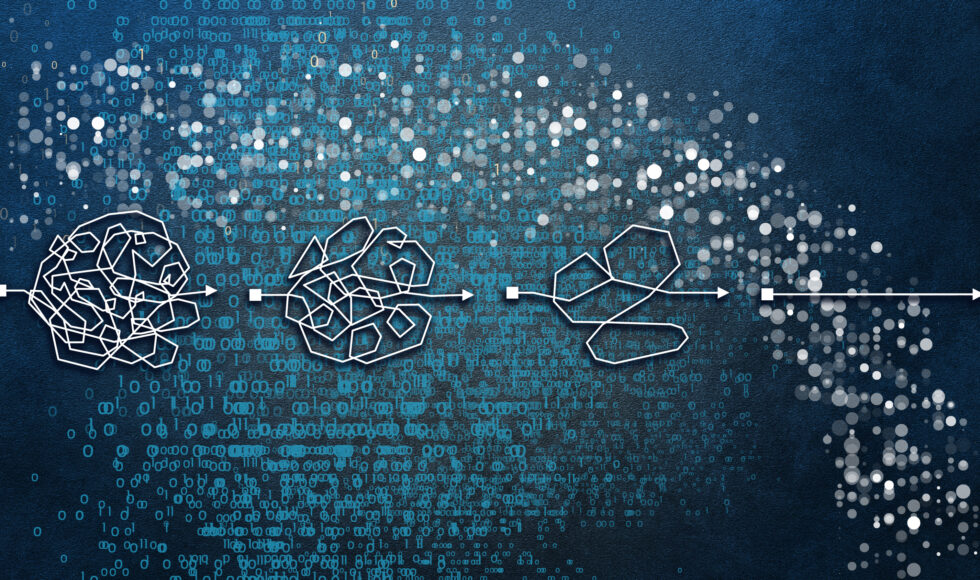In the intricate realm of intellectual property, patent applications stand as sentinels, safeguarding the ramparts of innovation. Yet, there lies an inherent tension within their walls: the recurring debate surrounding the coexistence of method and system claims in a single patent application. While the ethos behind such claims is to ensure holistic protection, many challenge their place, suggesting they muddy the waters of clarity. The recent case of “Microsoft Corporation Vs The Assistant Controller Of Patents And Designs (C.A.(Comm.Ipd-Pat) 106/2022)” serves as an apt focal point to dissect this debate.
Unveiling the Case
Led by the astute Hon’ble Justice Sanjiv Narula, the judgment dissected whether merging method and system claims within an application is legally sound, particularly if the inventive genius is embedded in the method. In a somewhat disruptive stance, the court highlighted that the Indian Patents Act’s Section 10(4) lacks a prescriptive format for claims. Instead, claims are the court’s interpretative statements, and their succinctness isn’t a binding prerequisite for patentability.
The ruling recognized that the intertwining of method and system claims isn’t arbitrary but a natural consequence in specific inventions. The raison d’être? A system might underpin a method, or vice versa. Thus, incorporating both, the court pronounced, is not just permissible but also a strategic shield against potential infringements.
Global Implications and Local Echoes
While the judgment is grounded in the Indian context, its reverberations extend to global patent frameworks, nudging stakeholders to rethink conventions.
For Indian applicants, the ruling is akin to a guiding beacon. The court’s underlying message? The Indian Patent Office (IPO) should refrain from dismissing method and system claims citing redundancy or clarity sans robust reasoning. Instead, the onus shifts to the Controller of the IPO to pinpoint exact linguistic ambiguities within invention claims.
The Two-Fold Protection
When patent applications incorporate both method and system claims, they command a dual defense mechanism. The system claim envelops the invention’s tangible facets, and the method claim encapsulates its operational blueprint. This duality thwarts competitors from skirting around the patent’s protective ambit.
Reimagining the Future of Patent Examination
The Delhi High Court’s decree underscores the need for the IPO’s procedural guidelines to echo the law’s spirit. It’s a clarion call for the IPO to be cognizant of such precedents, refining its examination lens accordingly.
However, as much as the Microsoft case champions flexibility in claim drafting, it also beckons a judicious approach. Stakeholders, from patent drafters to examiners, must tread this terrain with precision, weighing the pros and cons of amalgamating claim types.
In Conclusion
The Microsoft case isn’t just another judgment—it’s a pivot around which the patent community can revolve, reevaluate, and recalibrate. It beckons a deeper dive into the art of patent claim drafting, fostering conversations that merge comprehensive protection with lucid clarity. As we navigate the evolving patent topography, it’s imperative to find this sweet spot, ensuring innovation remains both protected and intelligible.

